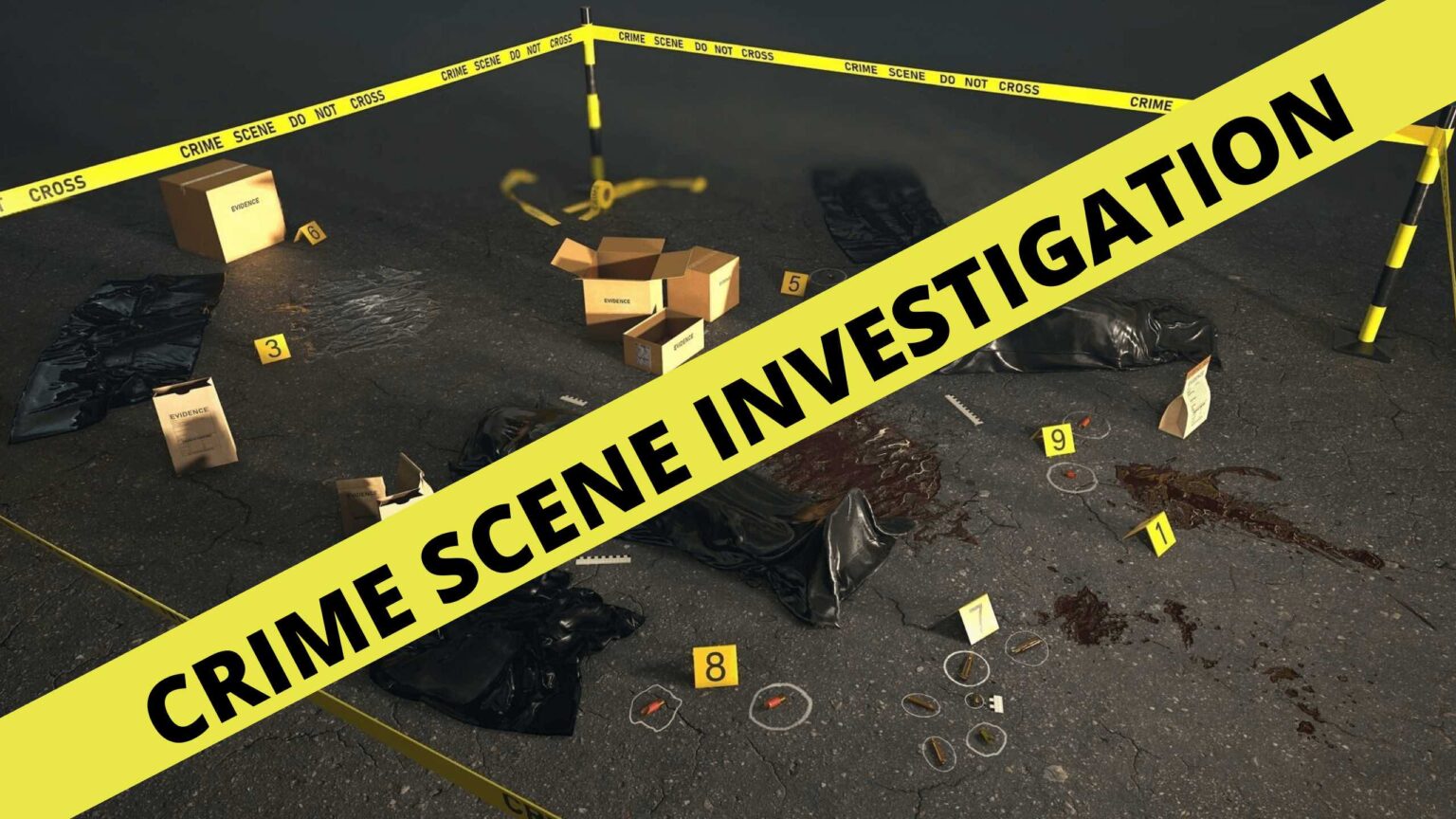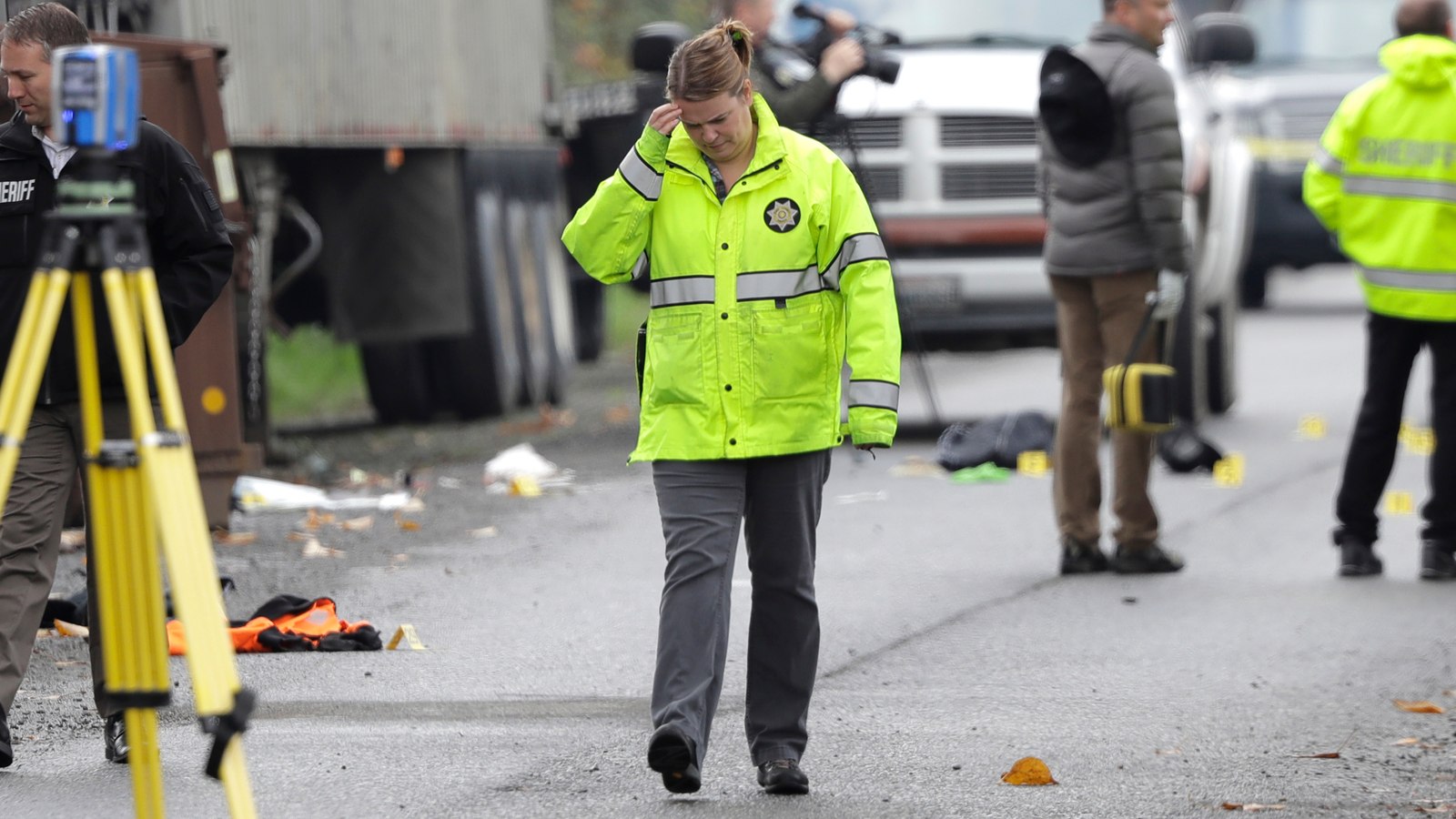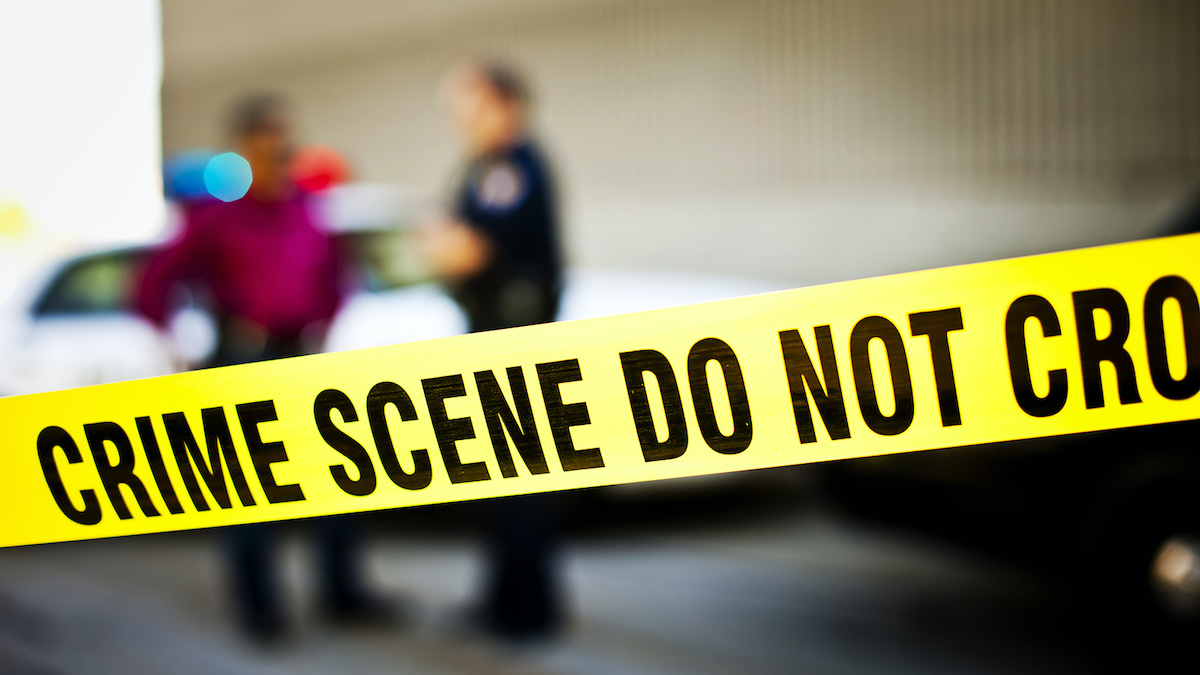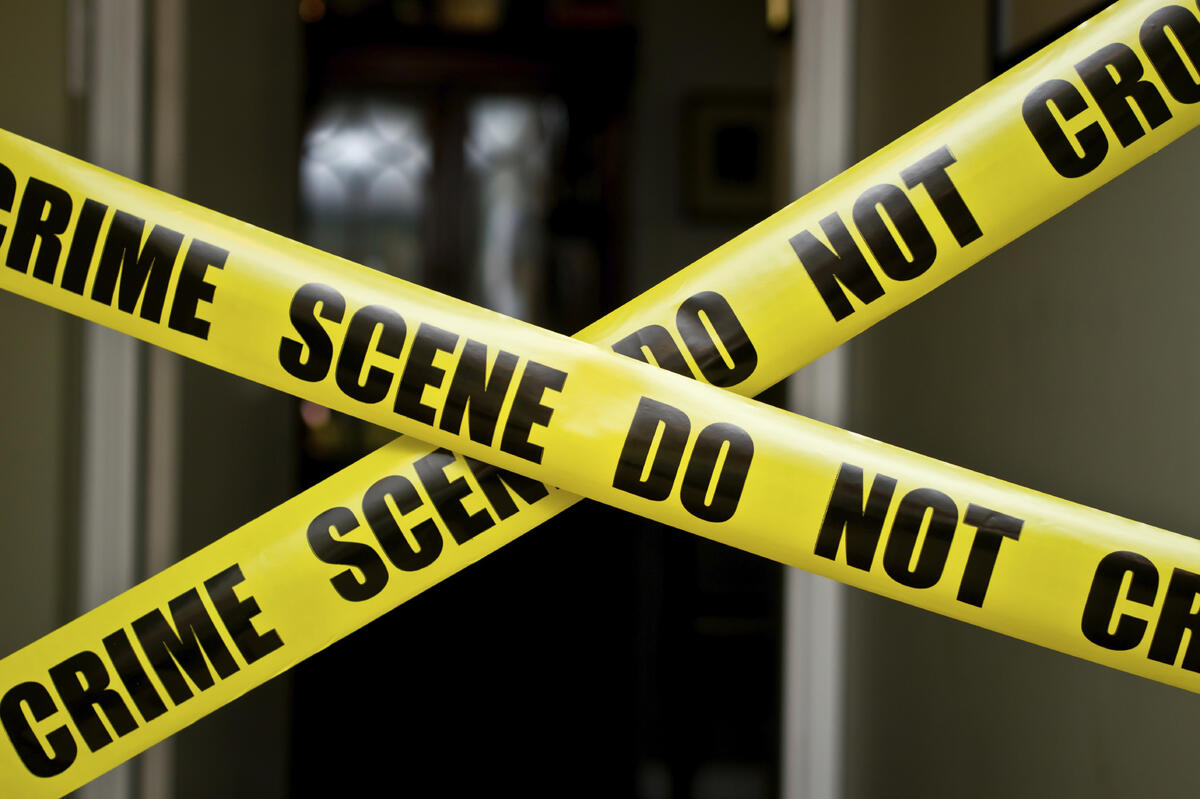
On-scene Investigation: Dos and Don’ts by LLRMI
Introduction
On-scene investigation may sound easy peasy lemon squeezy. It may look like a process of simple steps taken when on a crime scene and cheesecake. However, this is far from the truth for inexperienced crime scene investigators. A mistake or any form of carelessness is enough to ruin an entire investigation, spelling doom for a breakthrough in solving a crime.
Due to the technicality involved, a lot could go wrong when investigating on scene. To avoid such crime scene investigation disasters, certain protocols should be followed, with some critical steps incorporated and some others, avoided. These steps can be summed up to the dos and don’ts of on-scene crime investigation.
Keep reading to know the primary dos and don’ts for an expert on-scene crime investigation.

3 Dos of on-scene investigation
- Secure the crime scene
According to Forensic Scientist of Louisiana State Police Crime Laboratory, George Schiro, protecting the crime scene is the most important step to on-scene investigation. To secure a crime scene, the area is usually taped and kept restricted to the public. Protection of the crime scene also spans across the period a police officer (first responder) arrives on-scene till whenever the public is granted access to the location again.
Only police officers and other authorized personnel are allowed entrance into the scene. This is to safeguard the physical evidence of the crime and keep the scene just as it was at the time the crime was committed in order to collect pieces of evidence in their original states.
- Document evidence
A fresh crime scene is usually a hub for relevant objects and others (like footprints, hair, fluid, blood and whatnot) which are collected as evidence to be further analyzed. All evidence should be properly documented, labeled and stored for references as the investigation progresses. Also, ensure pieces of evidence go through the proper chain of custody and are kept securely where third parties will have no access to them on-scene and even in the police stations.
- Take notes and pictures
The little notepad of an officer filled with scribbled information is also a key element to any successful investigation. When investigating a crime scene, you should take note of every little detail (as well as lack of any thereof) from the location of the crime to the time, accurate measurements, pieces of evidence found and location, description of the interior and exterior of the crime scene and more.
In like manner, sketches and diagrams should be made for a more comprehensive view of the crime scene; photographs from different angles should be taken of the scene, evidence, victims, bodies and whatnot.
To effectively take notes, make sketches and take photographs, an investigator ought to have an eye for the tiniest things, paying attention to everything, regarding every detail as important. And also
Now, to the things you should never do in an on-scene investigation.

3 Don’ts of on-scene investigation
- Do not meddle with evidence
Evidence is to be collected and documented in their original state as they are usually what the prosecution builds their cases on. Tampering with evidential objects and the likes will only lead to their contamination, which may cause jurors and judges to question their authenticity in the long run.
So, avoid crime scene investigation mistakes like working without gloves, which may ultimately lead to erasing primary prints or contaminate fluids and the likes that will help to solve the crime or powering on a computer without the proper background check of digital forensic examiners.
- Do not have a preconceived idea of what the crime is
It is risky to conclude upon the type of crime before conducting due diligence via way of investigation. For instance, a homicide may be written off as suicide if investigators have a preconceived idea about a crime scene.
No two crime scenes are the same, no matter how similar they may seem or what proximity the crimes share. Therefore no two crime scenes should be treated the same, and every crime should be approached with fresh eyes.
- Do not allow witnesses present leave without questioning
No, not an interrogation now but an interview. People present at a crime scene are important eyewitnesses to what might have happened. They are your sure bet to making an early break in the investigation. Such interviews may help to speedily identify culprits or stop them from escaping. Effective questioning will also jolt the memory of witnesses and bystanders, helping them remember relevant information they ordinarily may not remember in the heat of the moment.

Conclusion
In essence, substandard investigation is enough to throw away an entire case and cause dead ends on all routes to solving a case. Investigation, as we know already, begins from the location of the crime or offense and covers various grounds.
Part of law enforcement training for agents includes investigating analysis and related processes. Nonetheless, it is advised that as law enforcement personnel progress in their careers, regular third-party courses and training that will help hone their investigating and general policing and skills be incorporated in the yearly calendar of events.
This is why the LLRMI online seminar course on conducting forensic examination on-scene that is slated for 27 January 2022 is a good start to being a kickass forensic on-scene examiner. With a state renowned crime investigator and forensic examiner instructing and tutoring, participants of this course are guaranteed first-hand knowledge of the metrics of crime investigating and how to conduct on-scene forensic examinations like experts.
Click here to know more about the Legal and Liability Risk Management Institute (LLRMI) and all upcoming virtual events.



